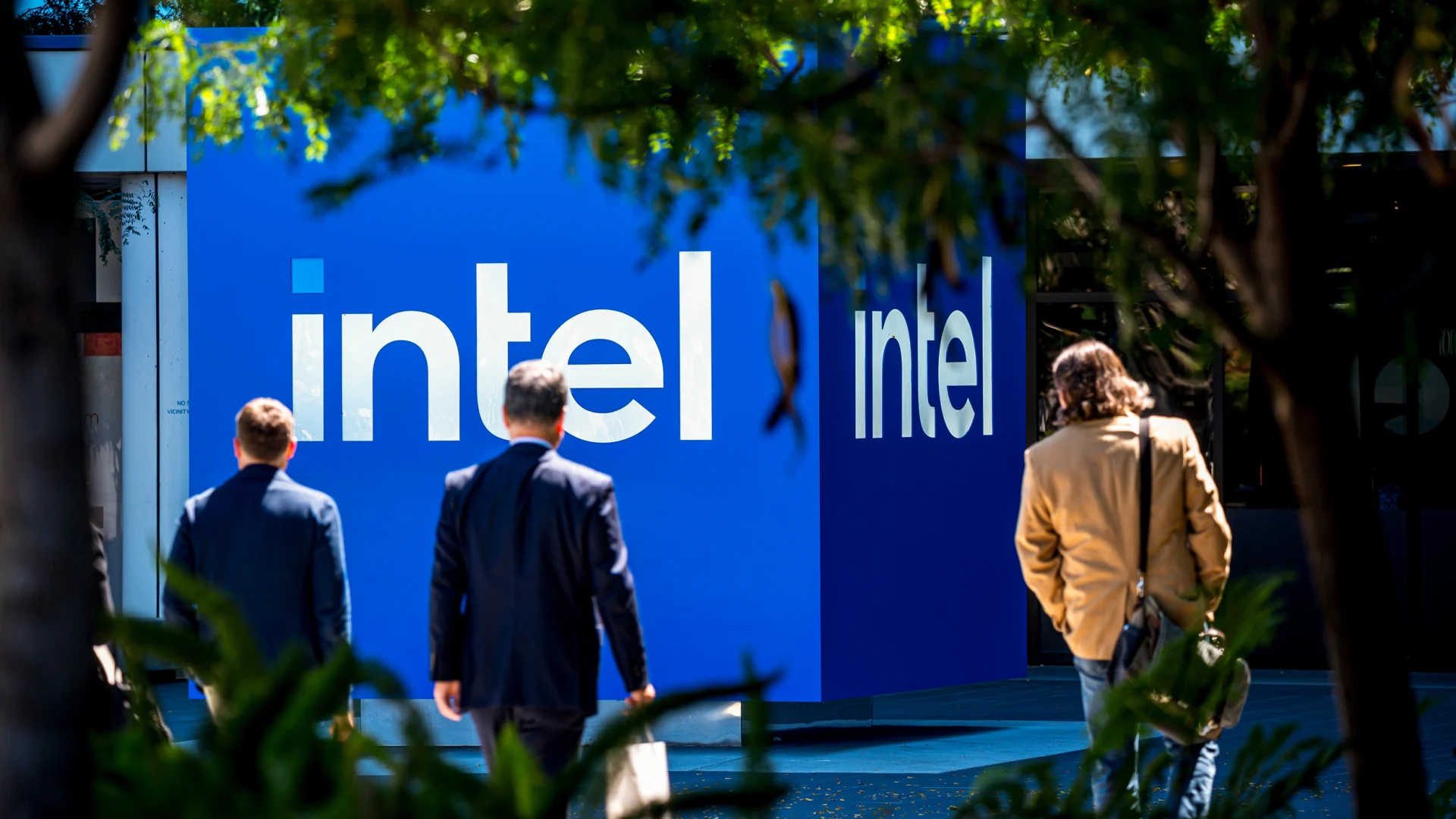For nearly 30 years, Intel was the world’s biggest chipmaker. A decade ago, things began to shift, though—and these days, the company’s very future is at a crossroads.
Financials for the past two quarters have fallen far, far short of expectations. In the most recent quarter, Intel reported earnings of just 2 cents per share, versus an expected 10 cents, and the company suspended its dividend. Now, after shedding more than 15% of its workforce, Intel is looking at how best to continue.
A three-day series of meetings began Tuesday with Intel’s board of directors beginning to explore options on how to move forward—something that could result in additional layoffs, the sale of subsidiaries, or even, perhaps, splitting up Intel’s core operations.
What started as a slow-motion fall from grace has become one that moves at lightning speed. But as Intel works to course correct, there are lessons other tech companies can learn from its problems.
Capital is king
Intel at one point saw cash flow of $10 billion (or more) per year. By 2022, though, that had turned negative, and it has only gotten worse over the past two years. That downward spiral of cash flow has hamstrung the company’s ability to fund its core operations.
Capital spending and risk go hand in hand—and Intel made some gambles chasing AI chips, including investing $100 billion in U.S. manufacturing and introducing laptop chips with dedicated AI processors. The company, however, was too far behind to make any sort of notable impact, which cost it time and money. And any payoff from that is far from imminent.
There’s a difference between spending money now to earn a lot more later and just burning cash. And leaders need to have the presence of mind to realize when they’ve switched from one of those scenarios to another.
